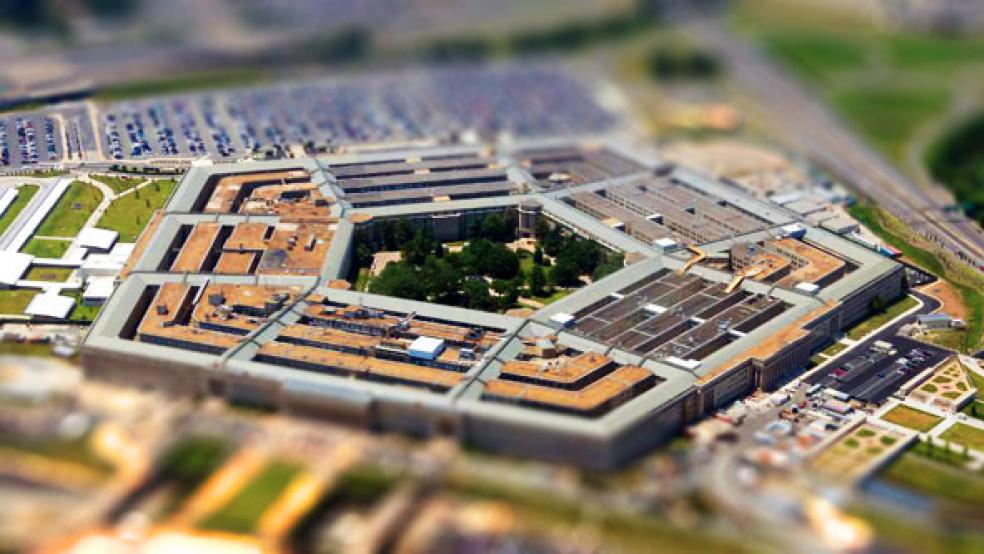The Defense Department’s top money man on Monday repeated the agency’s plea to Congress for a new base closure review. Unlike previous years, current budget conditions and new data give the idea a fighting chance of becoming reality.
The Pentagon’s fiscal 2017 budget request marks the fifth year in a row defense officials have requested a Base Realignment and Closure (BRAC) round. The request has typically gone right into the shredder, with lawmakers worried that the process would target military installations in their districts.
Related: Half a Trillion for the Pentagon? Why Defense Spending Is Only Going Higher
Add to those parochial interests the fact that the last BRAC, conducted 2005, wound up costing the Pentagon around $35 billion to implement in order to achieve roughly $4 billion in future annual savings, putting the department in the red until at least 2018.
But the fiscal 2016 National Defense Authorization Act (NDAA), a policy roadmap for the Pentagon, contains language allowing for a department-wide examination of excess infrastructure. The bill stopped short, however, of saying the data gleaned would lead to a new round of base closures.
A BRAC “has been an aspirational goal for several years now … the studies the department has done generally find 20 percent to 25 percent, sometimes more surplus infrastructure in most of our mission areas,” Pentagon Comptroller Michael McCord said Monday during an event at the Center for Strategic and International Studies, a Washington think tank.
He argued that the most important costs are associated with keeping personnel at outdated installations, rather than the cost of maintaining defunct facilities or owning more real estate than the department needs.
“We are operating with a constant physical infrastructure with a lot of overhead to maintain it,” McCord said.
Related: Russia’s Military Buildup Continues with Big New Fighter Jet Order
Defense leaders estimate a new base closing round will save billions annually, and vow the process would be more efficient than in 2005, when the focus was on shifting the U.S. military toward fighting nonconventional wars like those in Iraq and Afghanistan.
“It's critical to note that the department is not happy with what happened in the 2005 BRAC round in terms of cost takeout. We've rebalanced the force in some useful ways, but we think a future BRAC round would have a much different financial ramification,” said McCord.
The timing of the comptroller’s pitch, one repeated by various service officials in recent weeks as they have defended their budget requests in front of Capitol Hill lawmakers, is important because work on the next NDAA is set to begin next month.
The various subpanels of the House Armed Services Committee are slated to begin next month hammering out the policy roadmap for the Pentagon’s nearly $583 billion budget request; its Senate counterpart is expected to follow suit soon thereafter.
Related: $583 Billion Defense Budget Covers Russia, China, and ISIS with New Weapons
The House panel’s chair and many off its senior members are embroiled in a funding war over the 2017 budget. Fiscal hawks want $30 billion shaved off the $1.07 trillion top-line set by last year’s budget deal, while defense hawks want the Pentagon’s war account increased by over $20 billion.
While the entire budget process could get scrapped in the next few weeks, it’s possible that lawmakers will look to a BRAC as a way to earn future savings, or appease penny-pinchers on the right.
Even if the stars align, McCord said the Pentagon knows BRAC “is a difficult -- a political topic. We understand that.
“But the department is going to, I think, remain consistent in the method that we just need to move forward on this to enable a whole bunch of cost takeout, to drive more combat capability out of each taxpayer dollar.”





